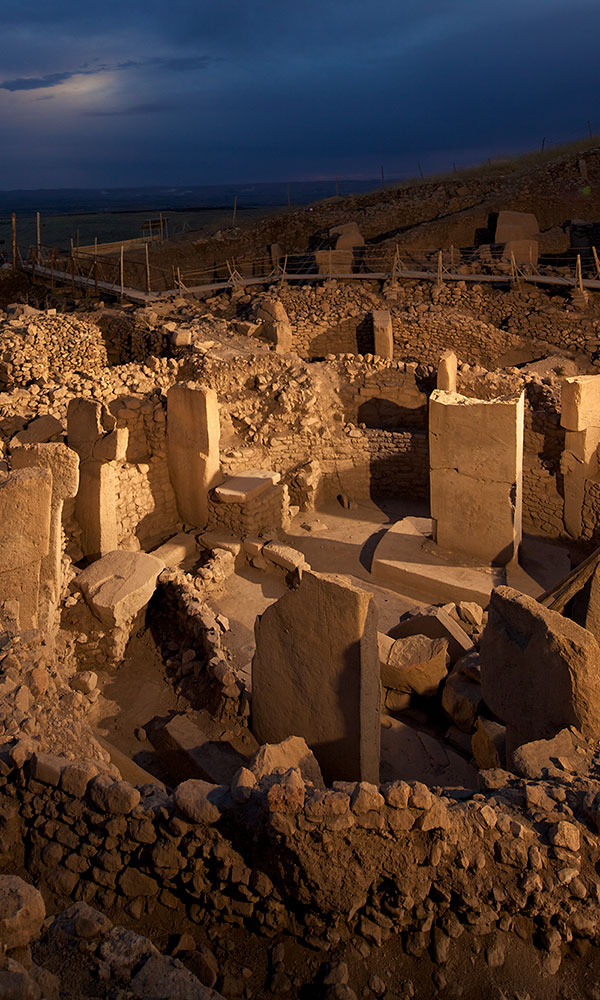YORK BEACH, MAINE—Last week, marine archaeologist Stefan Claesson examined the remains of a wooden ship’s hull that was exposed after up to eight feet of sand eroded from Maine’s Short Sands Beach during a storm. According to a report in Seacoast Online, the wreckage was first exposed in 1958, and was seen again in 2007 and 2103. During the latter two appearances, the Maine Historic Preservation Commission took the opportunity to map the hull, and learned it had been a 60-foot, flat-bottomed vessel, likely to have been built between 1750 and 1850. Such boats had narrow sterns and were used to carry goods along the coast from port to port. The researchers also learned that balsam fir, yellow birch, beech, and red pine had been used in the construction of the ship. In this most recent encounter with the wreckage, Claesson collected samples to send to a dendrochronology lab. A study of the tree rings could “hopefully shed some light on this, because no one knows the history of the ship for certain,” Claesson said. “This will be the first time that this kind of work has been done.” Claesson also brought a drone to the site to collect additional data and create a 3-D model of the wreckage. To read about another shipwreck, go to “Is it Esmeralda?”
Archaeologist Examines Shipwreck Exposed on Maine Beach
News March 13, 2018
Recommended Articles
Digs & Discoveries November/December 2024
Nineteenth-Century Booze Cruise
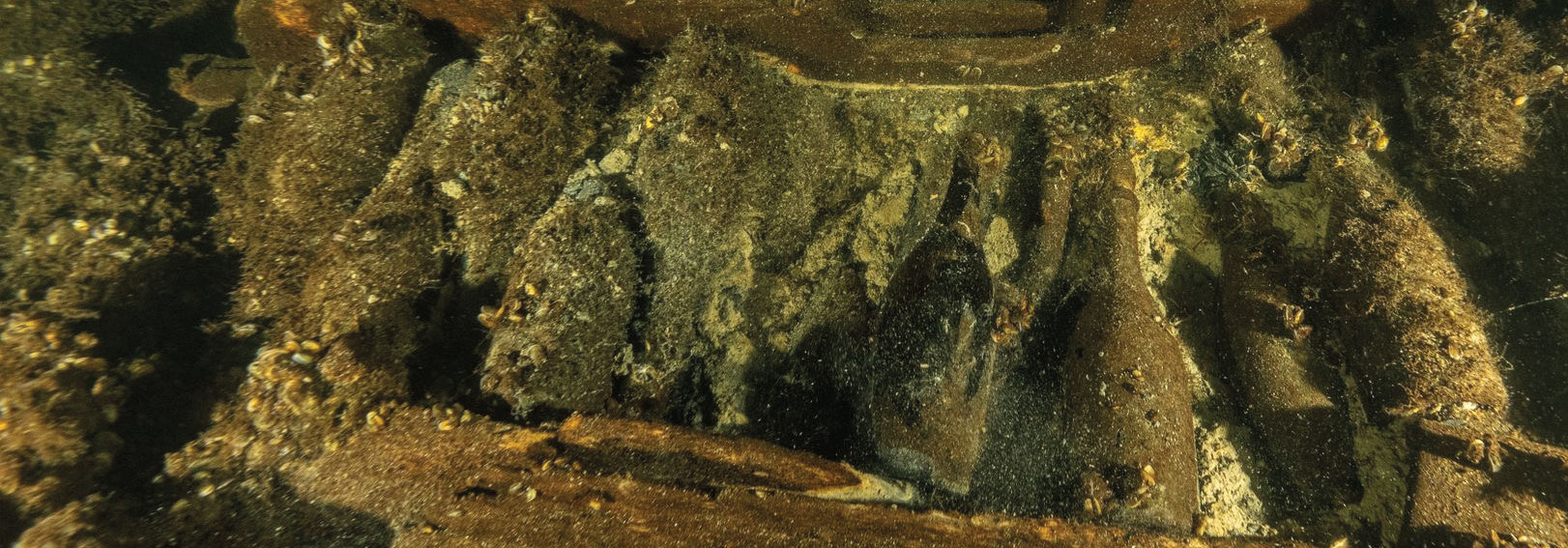
Digs & Discoveries September/October 2024
Shackleton's Last Try
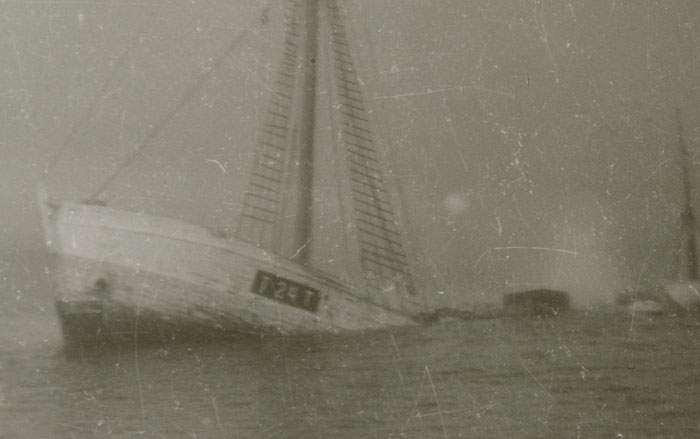
Digs & Discoveries September/October 2023
Sunken Cargo

Features July/August 2023
An Elegant Enigma
The luxurious possessions of a seventeenth-century woman continue to intrigue researchers a decade after they were retrieved from a shipwreck
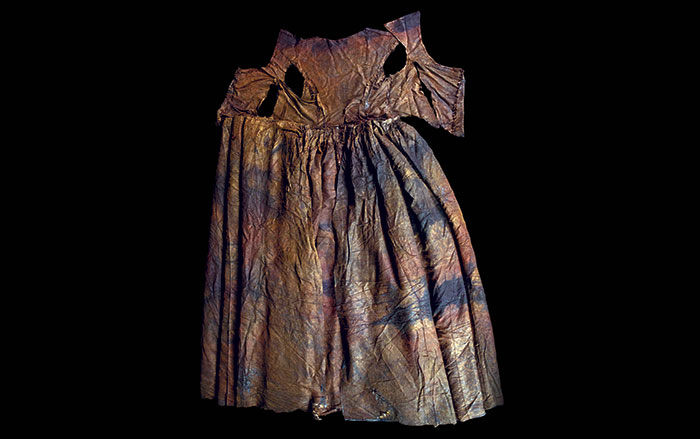
-
Features January/February 2018
Where the Ice Age Caribou Ranged
Searching for prehistoric hunting grounds in an unlikely place
 (Paul Nicklen/National Geographic Creative)
(Paul Nicklen/National Geographic Creative) -
Letter From Albania January/February 2018
A Road Trip Through Time
As a new pipeline cuts its way through the Balkans, archaeologists in Albania are grabbing every opportunity to expose the country’s history—from the Neolithic to the present
 (TAP/G. Shkullaku)
(TAP/G. Shkullaku) -
Artifacts January/February 2018
Roman Dog Statue
 (Eve Andreski/Courtesy Gloucester County Council)
(Eve Andreski/Courtesy Gloucester County Council) -
Digs & Discoveries January/February 2018
The Secrets of Sabotage
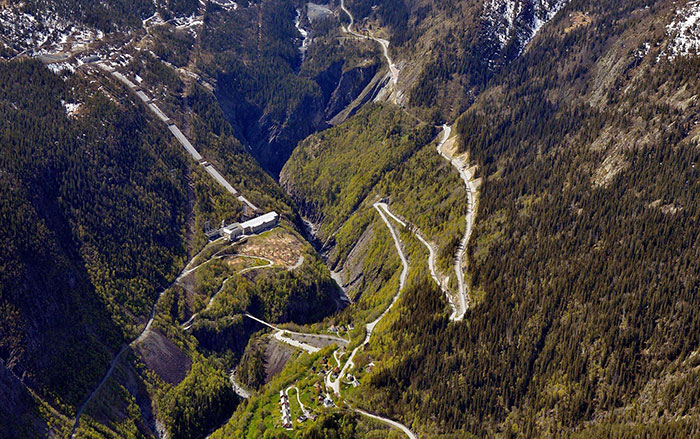 (Bjørn Harry Schønhaug)
(Bjørn Harry Schønhaug)



